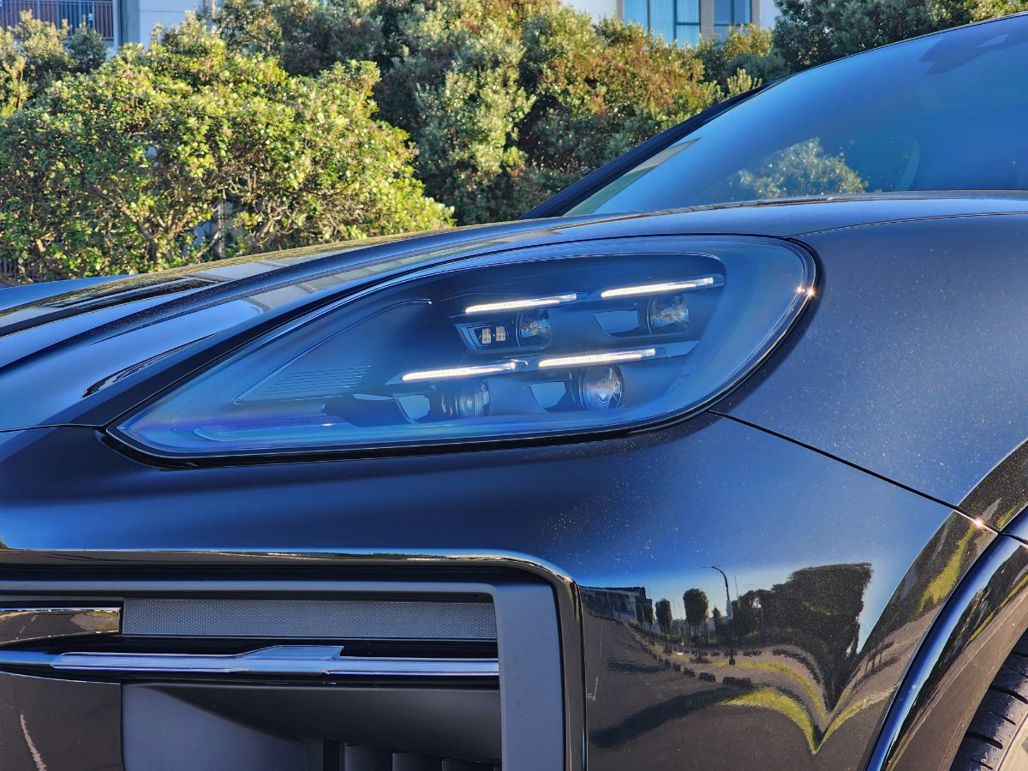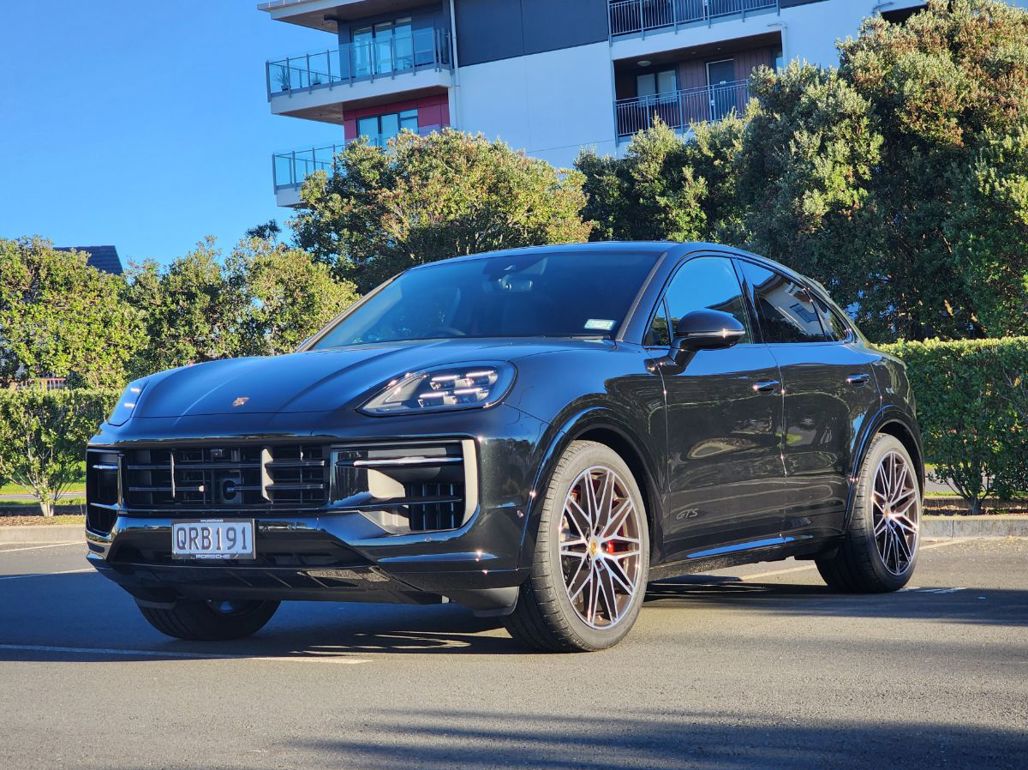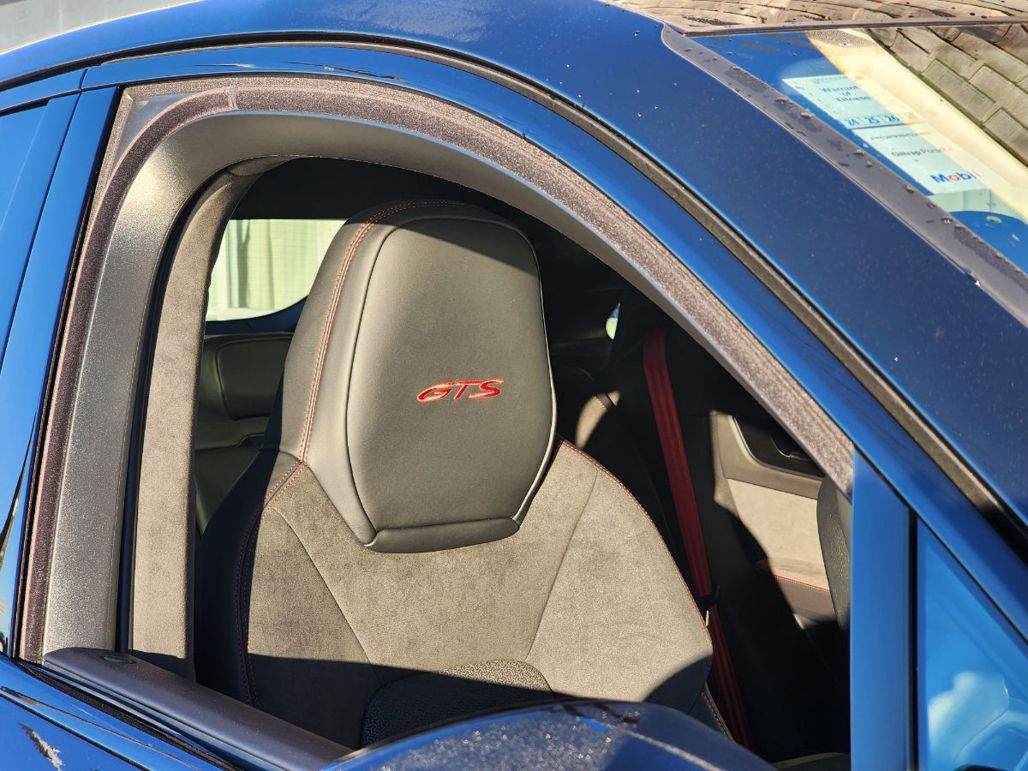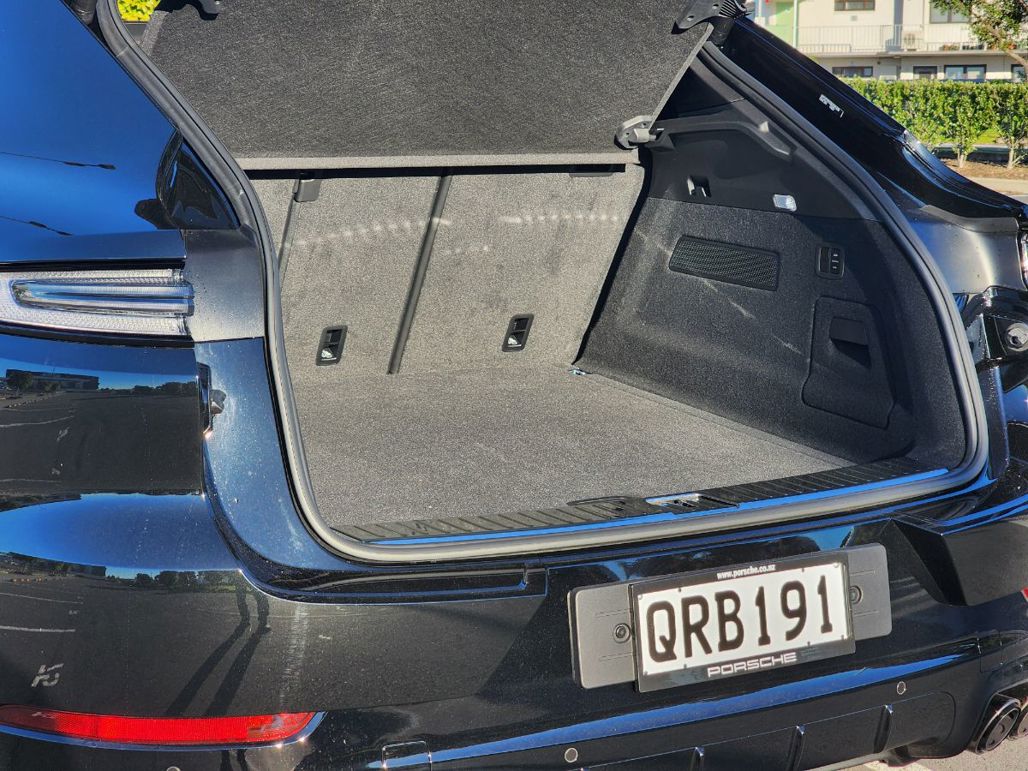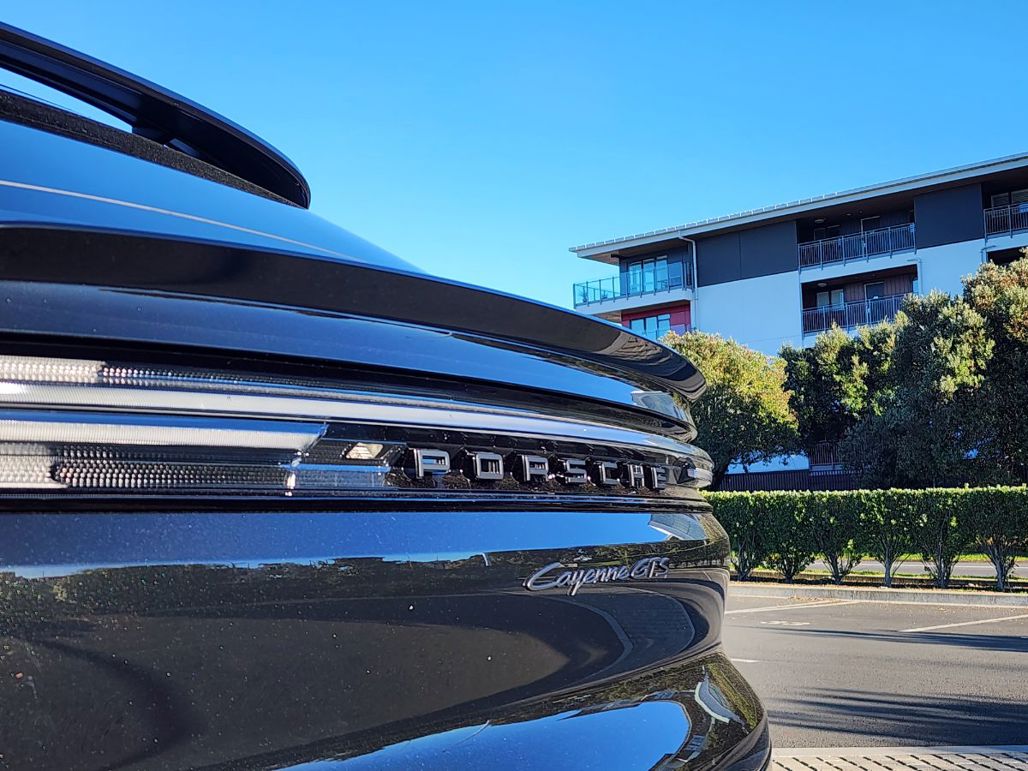The Cayenne SUV might not have seemed like the obvious choice to revive Porsche’s GTS badge back in 2008, after an absence of 25 years. Previous incumbents of GTS-world included the 1960s 904 and 1980s 924, both with serious competition chops (check out the video above).

PORSCHE CAYENNE GTS COUPE: Engine 4.0-litre turbo-petrol V8 Power 368kW/660Nm Gearbox 8sp auto, AWD 0-100km/h 4.4sec Consumption 12.3l/100km Price $252,400.
However, Cayenne it was: the first Porsche of modern times to be made available as a GTS and as is so often the case with new iterations of Porsche’s big SUV, a surprisingly awesome thing.
There’s now a GTS version of every Porsche model, all along the same basic ethos: as much luxury and on-road comfort as possible, blended with as much track capability as possible, without going to extremes either way. Not the most sumptuous, not the fastest or most aggressive… but highly capable across the board, with everything in balance.
And the new Cayenne is still one of the more surprising bearers of the coveted GTS door sticker in the current lineup.
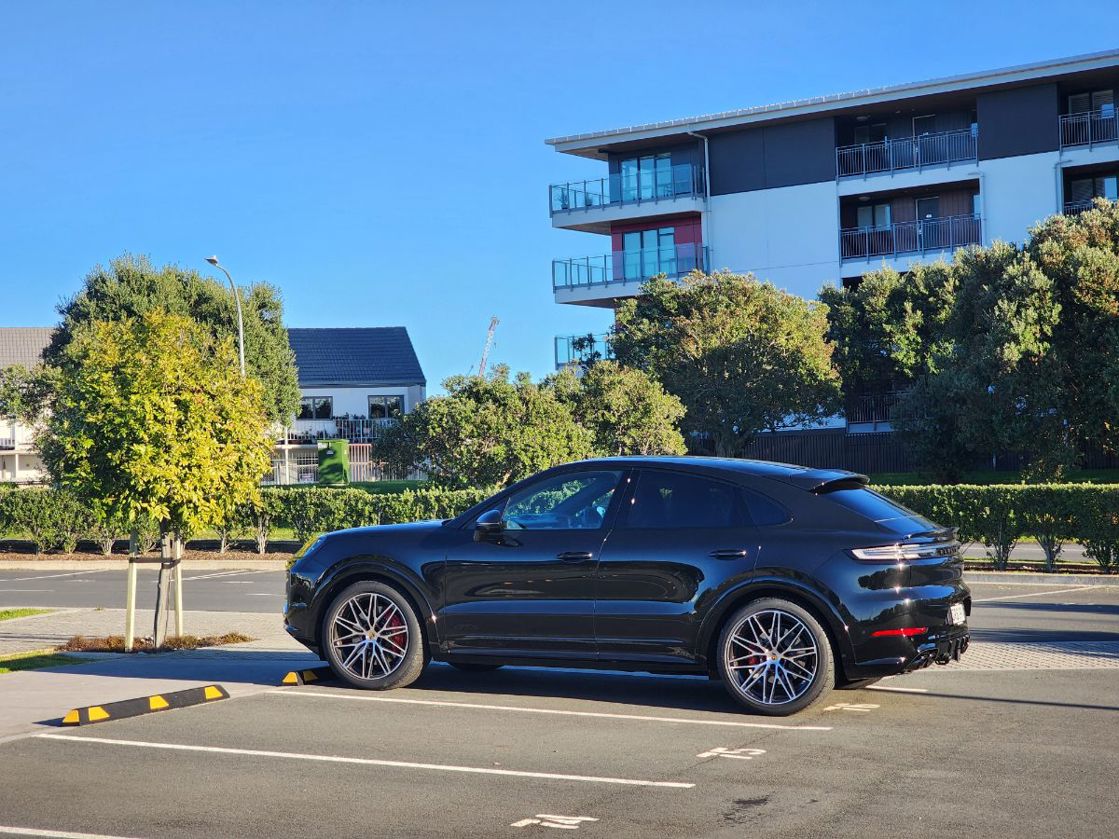
Because it’s wild. Very wild indeed at times, thanks partly to a revised 4.0-litre twin-turbo V8 petrol engine that’s up by 30kW/40Nm over the old car and boasts the bellow and high-speed metallic rasp of a racecar. The kind that might make the neighbours hate you after a few early-morning cold starts, although if you own this $252,400 machine you might well have some space around you.
The standard Cayenne S is now a V8 as well, but that stops well short of being beserk like this one.
No electrification for the GTS, so it’s definitely one for those who love the traditional sensations and sounds of a big V8, albeit with a couple of turbochargers. It’s also one for those who love going fast in a 2.2-tonne SUV, with 0-100km/h in just 4.4 seconds.

The GTS is still some way off the performance of that other ICE-only crazy-V8 Cayenne, the Turbo GT, which can rocket to 100km/h in a scarcely believeable 3.3sec. But the GTS is also (brace yourself) $125,500 cheaper.
The GTS does owe a bit to the exotic Turbo GT, and not just an emphasis on a surreal V8 soundtrack.
The standard Cayenne S is actually now a V8 as well, but that stops well short of being beserk like these other two. So let’s move on.

The GTS does owe a bit to the Turbo GT, and not just an emphasis on a surreal V8 soundtrack. It has more aggressive air suspension than your average Cayenne (it’s 10mm lower) and borrows its front axle pivot bearings from the Turbo GT - increasing negative camber and sharpening up the steering. The AWD system’s water-cooled transfer case is also from the Turbo GT, helping the car keep its drivetrain-cool in track driving or tight tarmac corners.
As with so many high-performance European cars, for Kiwi roads the GTS works well with the powertrain wound up to 11 but the chassis toned down a bit.
So while the GTS still looks remarkably understated, it’s a machine that can be full of drama if you want it.

As with so many high-performance European cars, for fast/fun driving on Kiwi roads the GTS works really well with the powertrain wound up to 11 but the chassis toned down a bit. That’s easy to do, by selecting Sport or Sport Plus and then delving into the drive menu and manually setting the suspension stiffness.
The big V8 and 8-speed automatic transmission are hilarious in Sport-and-above: the sport exhaust is outrageous and there’s a very clear step up in the aggression of gearchanges between Normal, Sport and Sport Plus.

Actually, Sport Plus around town is awesome, because you get that rumble, thump and crackle as the transmission works its way up and down the gears.
The chassis is still beautifully controlled for brisk driving even in Normal mode; the steering seems outrageously precise for a large SUV and the suspension flows beautifully from one corner to the next.
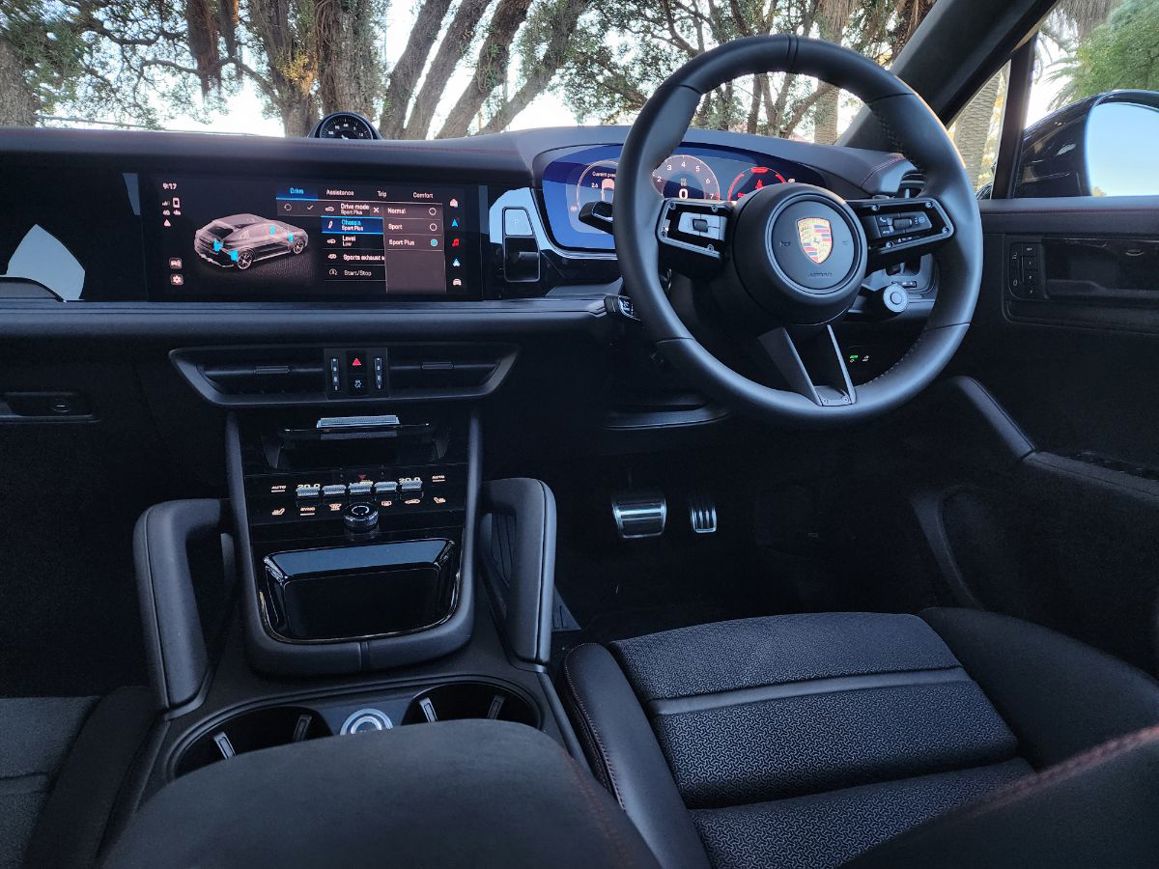
You can see the Sport/Sport Plus suspension setting working on super-smooth European roads or on-track (part of the GTS ethos, remember), but it feels unyielding for the uneven surfaces and lower speeds that come with Kiwi backroads.
And yes, the Cayenne GTS can still do luxury despite the increased lunacy factor. The twin-valve damper design for the air suspension allows a cushy ride ride when required and the new Cayenne cabin is a superb mix of high technology, including a Taycan-style curved digital instrument panel, and sumptuously traditional features.

GTS-specific trim includes a sports steering wheel, Porsche’s Race-Tex suede-like upholstery and a couple of unique colour packages: Carmine Red (as fitted to our test car) and Slate Grey Neo.
You might also note our test car is the Cayenne Coupe; you can also have the GTS as an SUV ($249,900). A matter of personal taste either way of course, but note the Coupe is the closest relation to the Turbo GT (which isn’t available as an SUV) and the only one to have the adaptive rear spoiler.

It’s a little less practical, but cleverly done: the rear seats are set 30mm lower in the Coupe, so headroom is similar. The roof isn’t as low as it looks, so the difference in cargo space is also only 10%, and it’s all up the top, in the space you use least frequently anyway.
Given that emissions regulations have killed the Cayenne Turbo GT in Europe, you could certainly look at the GTS Coupe as an alternative for vee-hungry customers. Two centrally positioned bronze exhaust pipes are even available as an option to give a similar look, as long as you’re also choosing one of the Lightweight packages ($13,490-$18,580).
Go for the GTS over the Turbo GT and you can also (well, almost) buy a 718 Boxster with the change.
What are the key statistics for the Porsche Cayenne GTS Coupe?
It's powered by a revised version of Porsche's 4.0-litre twin-turbo V8 with 368kW/660Nm. The 8-speed automatic has a special calibration for the GTS (especially in Sport and Sport Plus modes) and the AWD system picks up water cooling from the Turbo GT model.
Is the Porsche Cayenne GTS Coupe efficient?
That's not the idea with this pure-ICE V8, although the official 12.3l/100km isn't terrible and if you drive it gently, the unstressed V8 can be relatively thrifty (there's even an Eco drive mode). But this is a howling performance engine and if you use it as intended, it'll cost... plenty.
Is the Porsche Cayenne GTS Coupe good to drive?
Fast of course, but also staggeringly precise and agile for a 2.2-tonne SUV. The original Cayenne really showed the world what an SUV could do on-road and it's still arguably the benchmark.
Is the Porsche Cayenne GTS Coupe practical?
The Cayenne Coupe is less practical than the SUV (which is also available in GTS guise), but not by as much as you'd think. The rear seats are 30mm lower so you still get good headroom, and there's only 10% less cargo space.
What do we like about the Porsche Cayenne GTS Coupe?
The V8 engine sounds like a racecar when it's on song and the chassis is truly accomplished on winding roads, thanks partly to some steering/suspension and AWD tech from the exotic Turbo GT model. Yet it maintains the air of luxury that's a key element of the GTS ethos.
What don’t we like about the Porsche Cayenne GTS Coupe?
You could argue it's too loud on startup if you're an early starter in the morning; a stealth mode might be a good idea. If you're looking for visual drama to match the powertrain and chassis, you might be disappointed: the GTS is typically Porsche-subtle, with blacked-out details and a very discrete "GTS" sticker on the front doors (although there is a proper badge on the tailgate).
What kind of person would the Porsche Cayenne GTS Coupe suit?
A Cayenne fan who wants to enjoy one of the last models that's likely to offer the pure thrills of non-electrified V8 power. Or just somebody who appreciates a model that arguably offers the best balance of performance, handling, luxury and value in the current Cayenne lineup.
Sure, quarter of a million is a lot of money. But to go faster you'll need the Turbo E-Hybrid or Turbo GT, and they're both well over $300k.


